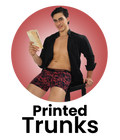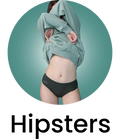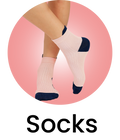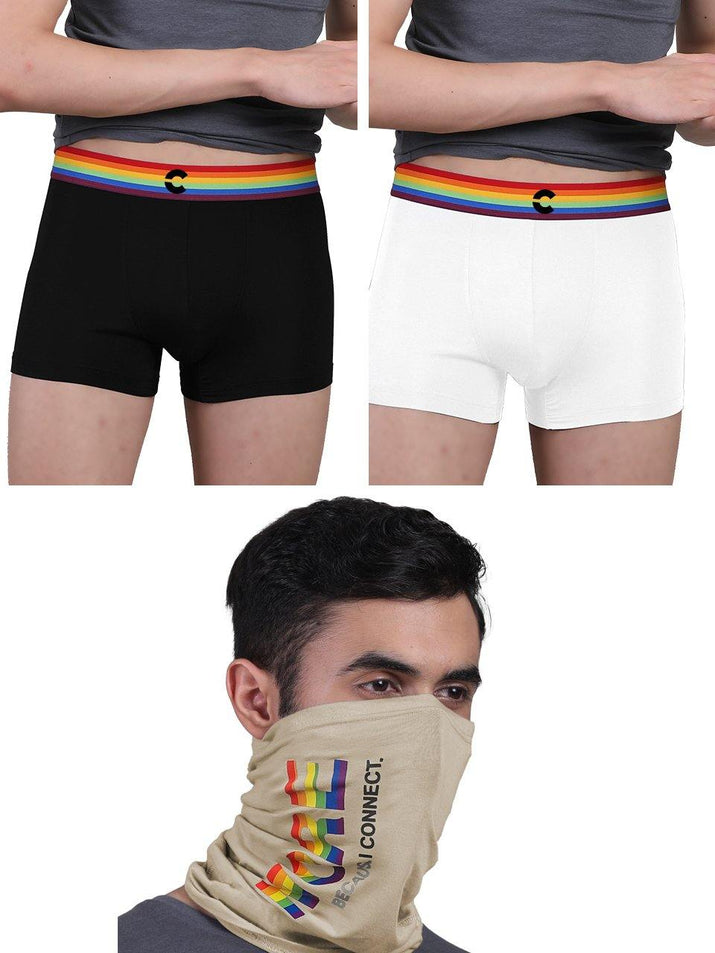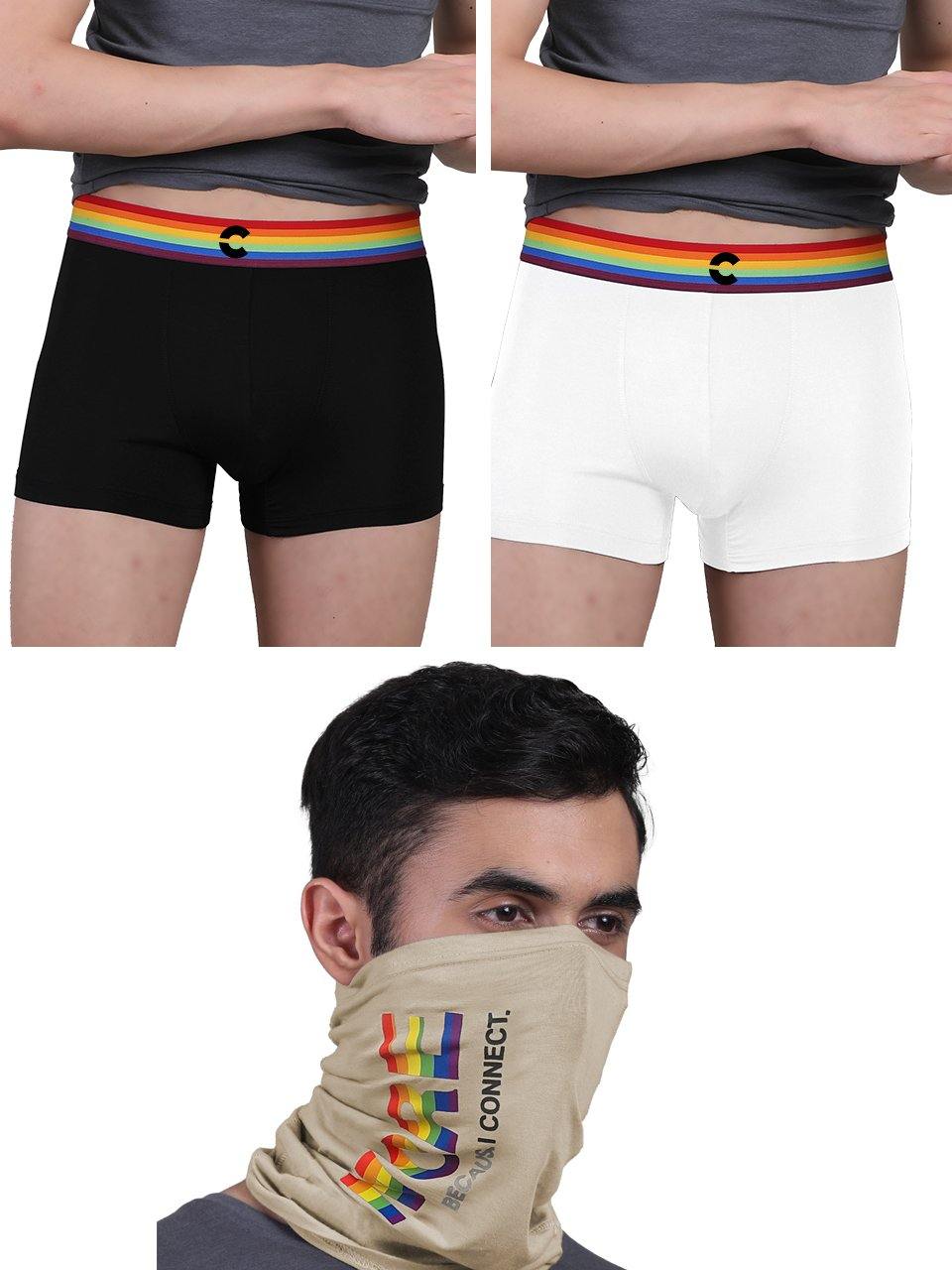The humble bandana, once a simple utility cloth for cowboys and laborers, now commands significant attention as a versatile accessory for men. Beyond its classic function of absorbing sweat or shielding from dust, modern iterations offer tangible practical protection, incorporating features like UPF 50+ sun blocking for outdoor enthusiasts or moisture-wicking properties for athletes. Fashion-forward men increasingly integrate the bandana into diverse aesthetics, from the streetwear look popularized by figures like A$AP Rocky, worn as a headwrap or necktie, to rugged workwear accents. Its resurgence highlights a blend of utilitarian heritage with contemporary style, making the bandana a dynamic element in men's wardrobes.

The Enduring Appeal of the Bandana for Men: A Historical and Cultural Overview
The bandana, a seemingly simple square of cloth, boasts a rich and fascinating history that transcends mere utility to become a powerful cultural symbol and a versatile accessory. Its journey began centuries ago, with roots tracing back to South Asia, where the term "bandana" itself is believed to derive from the Hindi word "bandhnu," referring to a tie-dyeing technique. Initially used for practical purposes by agricultural workers and sailors to protect against sun and sweat, its global spread was facilitated by trade routes. In the Western world, the bandana gained prominence in the 18th and 19th centuries, particularly among cowboys, railway workers. Miners in the American West. Here, it served as crucial protection against dust, sun. Sweat, often pulled up over the face to shield from the elements during cattle drives or mining operations. The iconic paisley pattern, a teardrop-shaped motif with Persian origins, became synonymous with the bandana, adding an element of decorative appeal to its functionality. The 20th century saw the bandana evolve further, adopting new meanings and becoming a statement piece. During World War II, women in factories, like the famous "Rosie the Riveter," wore bandanas to keep their hair out of machinery, symbolizing resilience and patriotism. Later, in the mid-to-late 20th century, the bandana was adopted by various subcultures, from motorcycle gangs and rock musicians to activists and hip-hop artists, each imbuing it with new layers of identity and rebellion. Today, the bandana for men bridges the gap between historical utility and contemporary fashion, proving its timeless relevance.Styling the Bandana for Men: Versatility in Fashion
One of the primary reasons for the enduring popularity of the bandana for men is its unparalleled versatility as a fashion accessory. Far from being a one-trick pony, a single bandana can be styled in countless ways to complement a variety of outfits and occasions, from casual weekends to more deliberately curated looks.- Headwear The classic headwrap offers both style and practicality.
- Headband Folded into a narrow strip, a bandana can be tied around the forehead to keep hair out of the eyes and absorb sweat, ideal for workouts or a casual, relaxed vibe.
- Skull Cap/Durag Alternative For those with longer hair or specific styles, tying a bandana over the head provides a comfortable and stylish way to manage hair, similar to a durag, especially effective in warmer climates.
- Hair Tie A simple knot or bow can secure a ponytail or bun, adding a touch of color or pattern to an otherwise plain hairstyle.
- Neckwear The bandana can serve as a sophisticated or rugged neck accent.
- Neckerchief Loosely tied around the neck, it adds a touch of vintage charm, reminiscent of Western wear or European chic. This can elevate a simple T-shirt and jeans combination.
- Ascot Alternative For a more refined, yet relaxed, look, a bandana can be folded and tied loosely under a shirt collar, offering a less formal alternative to a traditional ascot.
- Bandana Scarf A larger bandana can be draped and tied around the neck for added warmth or as a statement piece, particularly effective in transitional weather.
- Wrist and Arm Accents
- Wristband Wrapped around the wrist, a bandana acts as a stylish accessory, absorbing sweat during activities or simply adding a pop of color and texture to an outfit.
- Arm Tie Similar to a wristband. Higher up the arm, it can be a subtle detail that speaks to a more curated style.
- Accessory Embellishments
- Pocket Square A well-folded bandana can substitute a traditional pocket square, bringing a more relaxed or rugged aesthetic to a blazer or suit jacket.
- Bag Tie Tying a bandana to the handle of a backpack, tote bag, or messenger bag instantly customizes it and adds a touch of personal flair.
- Belt Loop Accessory A bandana can be threaded through a belt loop, hanging down as a subtle, yet effective, accessory.
Practical Protection and Utility: The Bandana's Functional Side
Beyond its undeniable fashion appeal, the bandana for men retains its core value as a highly practical and protective accessory. Its simple design belies a multitude of functional uses, making it an indispensable item for outdoor enthusiasts, workers. Anyone seeking versatile utility.- Sun Protection
- Scalp and Neck Shield When tied as a head covering or neckerchief, a bandana provides immediate protection against harmful UV rays, preventing sunburn and reducing heat exposure, crucial for prolonged outdoor activities.
- Face Mask Pulled up over the lower face, it shields the nose and mouth from direct sunlight, especially useful during hikes or sports in open environments.
- Sweat Absorption
- Headband/Wristband A bandana excels at wicking away sweat from the forehead and wrists, keeping perspiration out of the eyes during strenuous physical activity, whether it's a marathon, a construction job, or a long bike ride. This simple function can significantly enhance comfort and performance.
- Dust and Debris Mask
- Improvised Filter In dusty environments, such as construction sites, workshops, or during outdoor adventures like trail riding or camping, a bandana can be tied over the mouth and nose to filter out airborne dust particles, pollen, or light debris. While not a substitute for certified respirators, it offers a basic level of protection in a pinch.
- Temperature Regulation
- Cooling Aid In hot weather, a bandana can be soaked in cold water and tied around the neck or head. As the water evaporates, it provides a noticeable cooling effect, helping to prevent overheating.
- Light Warmth In cooler conditions, a bandana can offer a thin layer of insulation around the neck or head, preventing heat loss and providing a degree of warmth.
- Emergency and Survival Uses
- First Aid A clean bandana can be used as an improvised bandage for minor cuts, scrapes, or to secure a splint. It can also act as a sling for an injured arm.
- Signaling Device A brightly colored bandana can be waved to attract attention in an emergency situation.
- Water Filter (Basic) While not purifying water, a bandana can be used to strain out larger sediment from questionable water sources before further purification methods are applied.
- Pot Holder/Grip Aid When camping or in a pinch, a folded bandana can protect hands from hot surfaces or provide extra grip.
Choosing the Right Bandana for Men: Material, Size. Pattern Considerations
Selecting the perfect bandana for men involves more than just picking a color. The material, size. Pattern significantly influence its comfort, durability. Suitability for different uses. Understanding these factors will help you make an informed choice that aligns with your needs, whether for style, protection, or utility.Material Matters
The fabric composition of a bandana dictates its feel, breathability, absorbency. How well it drapes or holds a fold.- Cotton
- Pros The most common and versatile choice. Cotton is soft, breathable, highly absorbent. Easy to wash. It's excellent for sweat absorption and comfortable against the skin.
- Cons Can wrinkle easily and may take longer to dry than synthetic alternatives.
- Best For Everyday wear, sweat absorption, general utility, traditional look. Most bandanas for men are made from cotton.
- Silk
- Pros Luxurious, smooth. Has a natural sheen. Silk bandanas offer a more elegant and sophisticated look, providing a gentle feel against the skin. They are surprisingly warm for their weight.
- Cons More delicate, requires careful washing (often hand-wash or dry clean). Less absorbent than cotton for sweat. Can be more expensive.
- Best For Fashion statements, formal casual wear, adding a touch of luxury.
- Polyester/Synthetic Blends
- Pros Often quick-drying, durable. Resistant to wrinkles and fading. Some blends incorporate moisture-wicking properties, making them suitable for athletic use.
- Cons Can sometimes feel less natural against the skin than cotton or silk. May retain odors if not properly laundered.
- Best For Sports, outdoor activities where quick-drying and durability are paramount.
Size and Shape
While most bandanas are square, their dimensions can vary, influencing how they can be folded and worn.- Standard Size (Approx. 20-22 inches / 50-55 cm square)
- Pros The most common size, ideal for headbands, neckerchiefs, wrist ties. Pocket squares. Offers good versatility for most basic tying methods.
- Cons May be too small for full face coverage for some individuals, or for more elaborate head wraps.
- Larger Sizes (Approx. 27 inches / 68 cm square or more)
- Pros Provides more fabric for full head wraps, more substantial neck scarves, or as a more effective dust mask. Offers greater flexibility for various tying techniques and better coverage.
- Cons Can feel bulky if worn in smaller configurations like a wristband.
- Best For Those seeking maximum versatility, larger head sizes, or desiring more substantial neck coverage.
Pattern and Color
The aesthetic appeal of a bandana often comes down to its pattern and color, allowing for personal expression.- Paisley The quintessential bandana pattern, offering a timeless, classic. Often rugged aesthetic. Available in countless color combinations.
- Solid Colors Simple, clean. Highly versatile. Solid bandanas can easily match outfits or provide a minimalist accent.
- Novelty/Themed Prints From camouflage to abstract designs, these offer a more personalized or niche statement.
- Geometric/Abstract Modern and clean, these patterns can add a contemporary edge to your look.
Mastering the Art: Tying Techniques for the Bandana for Men
The true magic of the bandana lies in its adaptability, largely thanks to the myriad ways it can be folded and tied. Mastering a few key techniques allows you to unlock its full potential, transforming a simple square of fabric into a dynamic accessory or a functional piece of gear. While personal preference and comfort play a significant role, here are some fundamental methods to get you started.Basic Folds: The Foundation
Before tying, most bandana styles begin with one of two basic folds:- The Triangle Fold
- Lay the bandana flat.
- Fold it diagonally in half to form a triangle. This is the most common starting point for head wraps, face masks. Neckerchiefs.
- The Strip Fold
- Lay the bandana flat.
- Fold one corner towards the opposite corner, then continue folding in 1-2 inch increments until you have a long, narrow strip. This is ideal for headbands, wristbands. Some neck styles.
Popular Tying Techniques for Men
- The Classic Neckerchief
- Start with a triangle fold.
- Place the longest edge of the triangle against your neck, with the point facing down your back.
- Bring the two ends around to the front of your neck.
- Tie a simple knot, either over or under the point of the triangle, positioning it to your side or front. This is a timeless look for a bandana for men, evoking Western or rugged charm.
- The Headband (Forehead Tie)
- Start with a strip fold (adjust width as desired).
- Wrap the strip around your forehead, ensuring it's comfortable but snug.
- Tie a knot at the back of your head, either a simple knot or a double knot for security. Let the ends hang loose or tuck them in. This is excellent for keeping hair out of your eyes and absorbing sweat.
- The Skull Cap/Durag Style
- Start with a triangle fold.
- Place the longest edge across your forehead, just above your eyebrows, with the point of the triangle hanging down your back.
- Bring the two side ends around to the back of your head, crossing them over the point of the triangle.
- Tie the two ends tightly over the point, securing the bandana. This method provides comprehensive head coverage.
- The Wristband
- Start with a strip fold.
- Wrap the strip around your wrist.
- Tie a simple knot or a double knot to secure it. This adds a casual accent and can absorb sweat.
- The Face Mask (Dust/Sun Protection)
- Start with a triangle fold.
- Place the longest edge of the triangle over your nose and mouth.
- Bring the two ends around to the back of your head.
- Tie a knot to secure it. This provides basic protection against dust, wind. Sun.
Caring for Your Bandana: Ensuring Longevity and Hygiene
To ensure your bandana remains a fresh, functional. Stylish accessory for years to come, proper care is essential. The specific washing and maintenance instructions will largely depend on the material of your bandana. Following these guidelines will help preserve its color, shape. Integrity.Washing Instructions by Material
- Cotton Bandanas
- Machine Wash Most cotton bandanas can be machine washed with like colors in cool or warm water. Using a gentle cycle is recommended to prevent excessive wrinkling or wear.
- Detergent Use a mild detergent. Avoid harsh bleaches, as they can fade colors, especially for patterned bandanas.
- Drying Tumble dry on low heat or, ideally, air dry by laying flat or hanging. Air drying helps maintain the fabric's integrity and prevents shrinking. If machine drying, remove promptly to minimize wrinkles.
- Ironing Cotton bandanas can be ironed on a medium-high setting, preferably when slightly damp, to remove wrinkles and restore crispness.
- Silk Bandanas
- Hand Wash is Preferred Silk is delicate. Hand wash in cool water using a gentle, pH-neutral detergent specifically designed for silk or delicates. Avoid harsh scrubbing or twisting.
- Rinsing Rinse thoroughly in cool water until all soap is gone.
- Drying Do NOT wring silk. Gently squeeze out excess water with a clean towel. Lay flat or hang to air dry away from direct sunlight or heat, which can damage silk fibers.
- Ironing Iron on a very low heat setting while the bandana is still slightly damp, or use a silk setting on your iron. Iron on the reverse side to protect the sheen.
- Polyester/Synthetic Blend Bandanas
- Machine Wash Typically machine washable in cool or warm water with a regular cycle.
- Detergent Use a standard laundry detergent.
- Drying Tumble dry on low heat or air dry. Synthetics tend to dry quickly. Avoid high heat, as it can damage the fibers or cause static.
- Ironing Generally, synthetics are wrinkle-resistant and may not require ironing. If needed, use a very low heat setting.
General Care Tips for Any Bandana for Men:
- Wash Regularly Especially if used for sweat absorption or as a face mask, regular washing is crucial for hygiene.
- Separate Colors Wash new or brightly colored bandanas separately for the first few washes to prevent dye bleeding.
- Stain Treatment Treat stains promptly according to the fabric type before washing.
- Storage Store your bandanas neatly folded or rolled in a drawer or on a hanger to keep them tidy and prevent excessive wrinkling.
Conclusion
The humble bandana, often underestimated, truly stands out as a quintessential men's accessory, seamlessly blending practical protection with undeniable style. Beyond merely a headwrap, it serves as an invaluable tool for managing sweat during intense workouts, shielding your neck from the sun on a dusty trail, or even providing a quick face covering when needed. I’ve personally found it indispensable for travel, instantly transforming a simple t-shirt into a more considered outfit, or keeping my hair in check on windy days, proving its worth far beyond a fleeting trend. Therefore, embrace the bandana not just as a fashion statement. As a versatile utility item that elevates your look and offers genuine solutions. Experiment with different folds—a classic necktie for a rugged appeal, a headband for active pursuits, or a pocket square for a subtle pop of color. Its resurgence in streetwear and outdoor gear circles highlights its enduring appeal and adaptability. Ultimately, adding a bandana to your everyday carry is a smart move; it’s a small detail that packs a significant punch, offering both flair and function in one stylish package. Discover more about versatile men's accessories.More Articles
Men's Wardrobe Essentials: Building Your FoundationMastering Men's Style: The Art of Accessorizing
Practical Gear for the Modern Man: Beyond Just Looks
The Art of Layering: Adding Depth to Your Men's Fashion
Caring for Your Accessories: Longevity Tips for Men
FAQs
How can a bandana step up my style game?
Bandanas are fantastic for adding a pop of color, texture, or pattern to any outfit. They can instantly make a simple t-shirt and jeans look more put-together and give off a cool, effortless vibe. It's an easy way to show off some personality and elevate your everyday look.
What are some popular ways men wear bandanas?
There are tons of ways! You can tie one around your neck for a classic or rugged look, fold it as a headband to keep hair out of your face, wear it as a wristband, or even tie it onto your backpack for an extra touch. Some guys even tuck them into a back pocket for a subtle accent.
Beyond style, what practical benefits do bandanas offer?
They're super versatile! Bandanas can protect your head or neck from sun exposure, shield your face from dust and wind, or even absorb sweat during physical activity. They're great for outdoor adventures, sports, or just a sunny day out when you need a little extra protection.
Can bandanas help with sweat during workouts or hot weather?
Absolutely! Made from absorbent materials like cotton, bandanas are excellent for wicking away sweat from your forehead or neck, keeping you cooler and more comfortable during intense workouts, hikes, or just on a really hot day. They're a simple, effective way to manage sweat.
Are men's bandanas comfortable for all-day wear?
Generally, yes. Most bandanas are made from soft, breathable cotton, which is very comfortable against the skin. They're lightweight and don't feel restrictive, making them ideal for long periods of wear, no matter how you style them or where you're going.
Are bandanas only for casual outfits, or can I wear them with something dressier?
While they shine in casual settings, bandanas can definitely add a unique touch to slightly dressier looks. Think smart casual – pairing one with a denim shirt, a simple button-down, or even a casual blazer can create an interesting, sophisticated edge. It's all about the color and pattern choice to match the occasion.
How do I keep my bandana clean?
Most cotton bandanas are very easy to care for. You can usually machine wash them with similar colors in cold water and tumble dry on low. It's a good idea to check the specific care label if it has one, especially for unique materials or prints, to ensure they last a long time.
